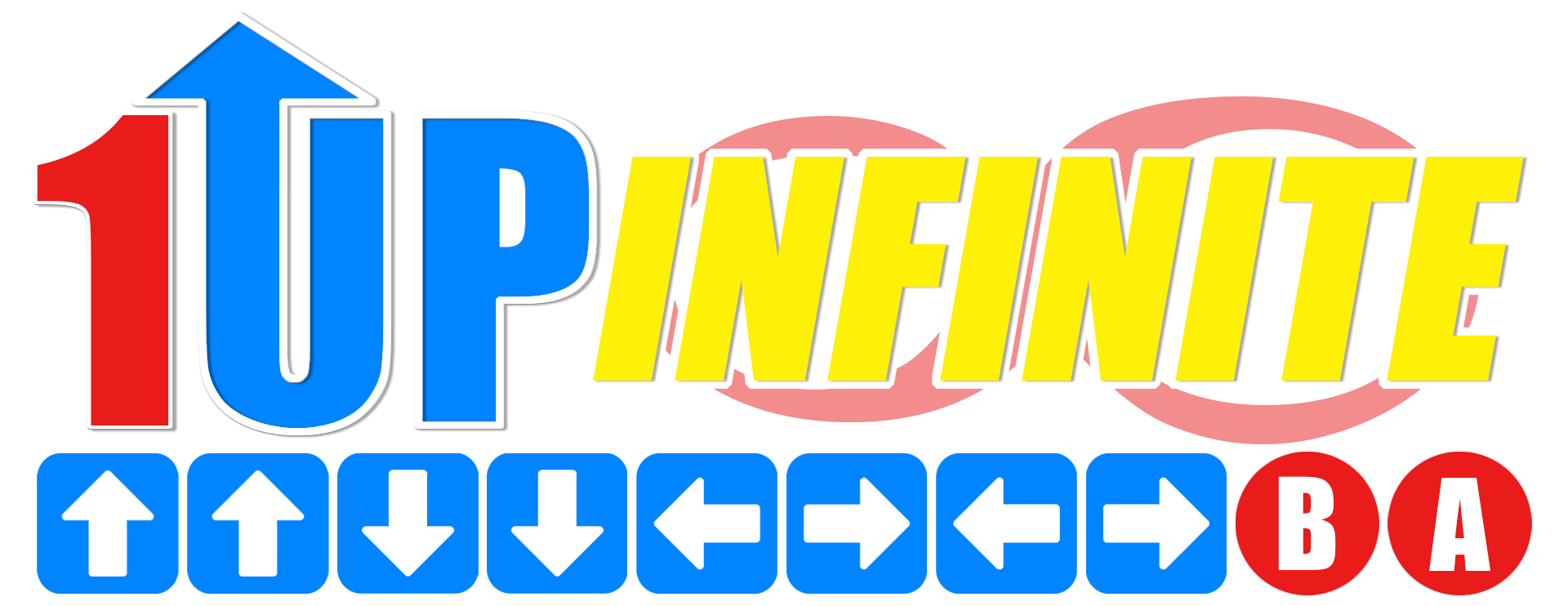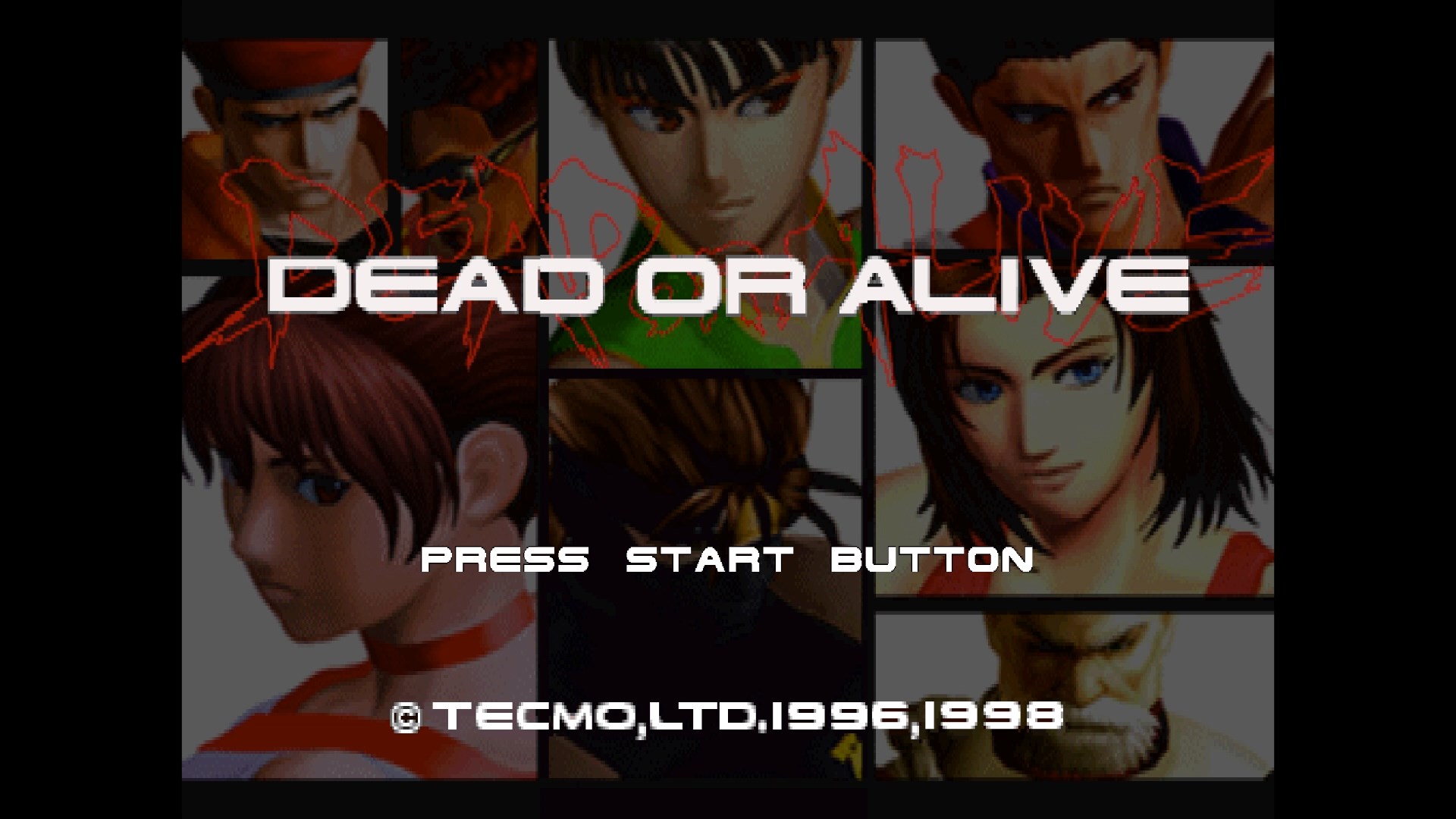Dead Or Alive
1996 was an interesting year for Tecmo and arcade fighting games as 3D fighters were on the rise due to Tekken and Virtua Fighter. Months before the release of Dead Or Alive, several of its staff simultaneously worked on Touki Denshou Angel Eyes. It would be the titillating 3D arcade fighter that would become not only the most popular of the two but one that would help contribute to the rising sub-genre of fighting games. Dead Or Alive would release in 1996 to surprise acclaim, securing Tecmo as a prominent force in action and fighting games for the next few decades.
Dead or Alive and all of its subsequent releases were developed by Team Ninja, a division of Tecmo led by Tomonobu Itagaki. Itagaki would be the lead director of the Dead or Alive series leading up to Dead or Alive 4 as well as the director of the Ninja Gaiden revival series. It would be under his direction that the DOA series would garner a "no-nonsense" reputation. Itagaki not only pushed the envelope, rather but also shoved an entire parcel into a mailbox and managed to do so without resistance. His philosophy was that a game shouldn't just have good graphics or gameplay, it should be a spectacle to be remembered.

For the first draft, as Dead or Alive was Team Ninja's first introduction to fighting games, Itagaki's vision wasn't realized quite yet. The blueprint for future titles was there, however, as the "spectacle" introduced provocative physics. Dead or Alive was one of the first 3D games to incorporate 'bouncing breasts' as it was included as an option for console releases and was there by default for its arcade version. The models were expressive in their emotions, the gameplay was fast and frantic, and stages literally exploded in certain areas known as "danger zones."
When a fighter is juggled and lands on one of these areas of the stage, they explode and bounce in a spectacular fashion, which leads to extended combos. Games like Tekken and Virtua Fighter 2, the latter of which Dead Or Alive used as a template, offered a more solid ground experience. Seeing an opponent fly several hundreds of feet into the air at the end of each round was something no other game did at the time. Ring Outs also existed in Dead or Alive, much like Virtua Fighter as well, with varying stages introducing the same square ring with different backgrounds ranging from cities to mountainscapes.

Dead or Alive's default roster makes up of eight fighters with an unlockable boss character raising it to nine characters. The PlayStation version, which is the main version I'll focus on here, included two exclusive characters, Bass and Ayame. This finalized the roster to a decent 11 fighters, of which all but two (Gen Fu and Raidou) have appeared in all games since. Here was the final roster, based on the Sony PlayStation release.
- Kasumi
- Tina Armstrong
- Zack
- Gen Fu
- Ryu Hayabusa
- Jann Lee
- Leifang
- Bayman
- Raidou
- Bass
- Ayame
In the original Sega Saturn version, Ayame was only featured as a training dummy in which moves from other characters can be set in order for the player to learn how to punish them. The core gameplay featured here would improve in later sequels, but Dead Or Alive was always a three-button game consisting of a punch, kick, and a hold button.

The "Hold" button, when properly timed, reversed an opponent's strikes, shifting the momentum back to the player. This served as an easy way for players to limit an opponent's offense while also promoting the opponent to limit their "mashing." Likewise, a hold can be baited which leaves the user wide open and unable to defend should they whiff the hold.
These fundamentals would be improved upon in later games and having played the later games, coming back to Dead Or Alive felt more like a traditional fighter than a Dead Or Alive fighting game. Counter stuns are not as exaggerated in this game, there were no tag modes, and while each character's signature moves were featured here, it was not the same command as it would be in later games. Throws in this game aren't tied to a single button prompt, rather each character had commands unique to them that would implement throws.

Kasumi, for example, has a quarter-circle forward punch motion where in current Dead Or Alive games is an attack that cuts through her opponent. In this game, it's the notation for a throw that would be simplified in the sequel. All throws would be simplified via a universal command, which would make the flow of matches far easier as players didn't need to reference a command list all the time. This also leads to why I focused more on the Sony PlayStation version as it felt like a more "complete" version of Dead or Alive.
Released in 1998, two years after the arcade and Sega Saturn release, Dead Or Alive was released in the United States on console for the first time on the PlayStation. This version added new FMVs, overhauled the graphics to include Gouraud Shading, and added unique exclusive features. One such feature that would be a staple in future Dead Or Alive titles was the command training mode. This allowed players to screen a character's entire command list and upon completion, they would unlock a system voice of that particular character.

Dead or Alive's success was moderate, with many praising its graphics and fast-paced arcade feel. It would become slightly overshadowed by other 3D fighters as this was an era where every developer wanted to have a piece of the pie. Games like Kensei Sacred Fist via Konami, Ehrgeiz and Tobal via Square, and of course Tekken 3 via Namco were all released during the same time period. Each game offered something unique to the genre, with Dead or Alive being another cog in the wheel.
Its legacy lived on in the Dead or Alive and Dead or Alive 2 double-pack, Dead or Alive Ultimate. The compilation, released on the Xbox in 2004,, featured an HD remaster of the Sega Saturn port, as it was reported to be Itagaki's favorite. Thus, it's easy to compare the two versions to see how superior the Sony PlayStation version was. The blocky graphics compared to the smooth rendering of the PSX version made it more faithful to the arcade port, but the PlayStation version would be the base for Dead or Alive 2. It wouldn't be until its sequel where the series began to take an identity of its own.


